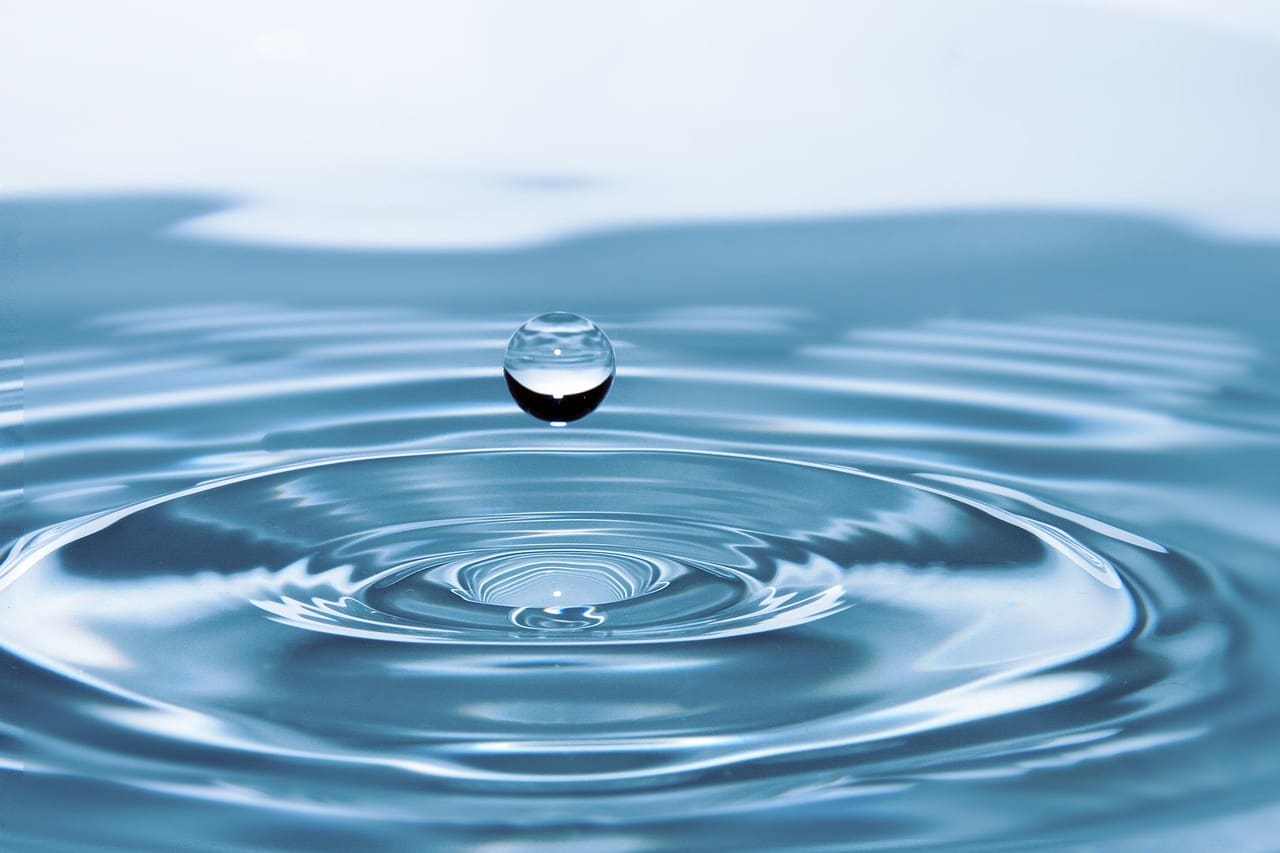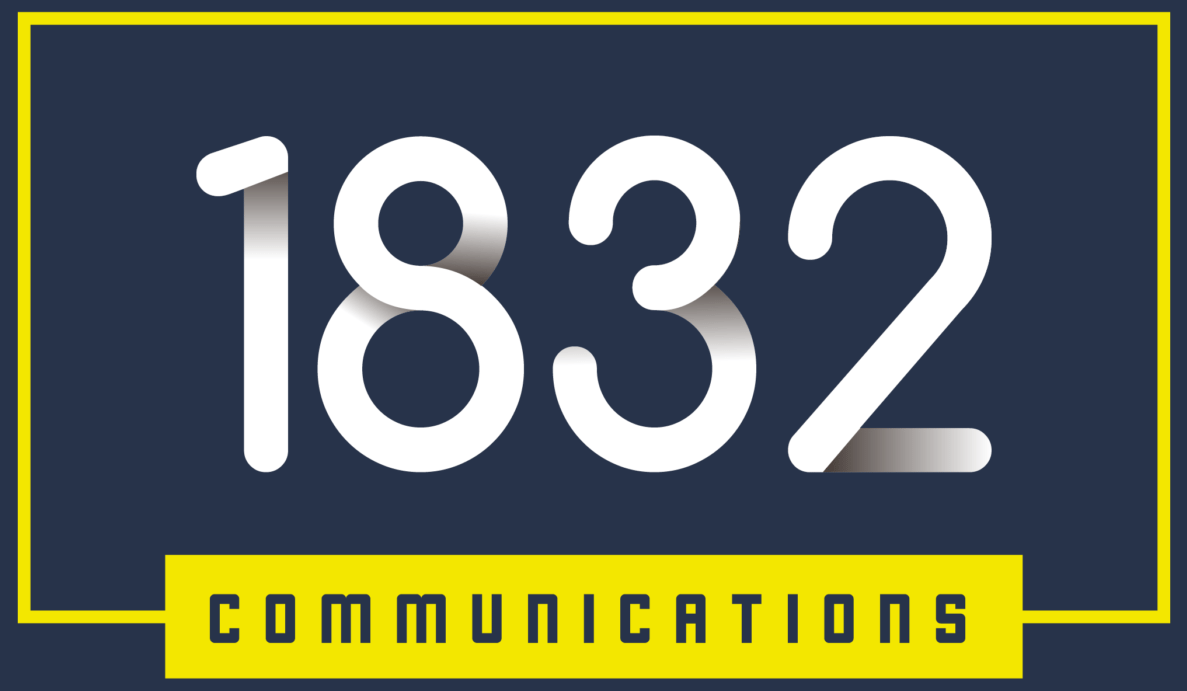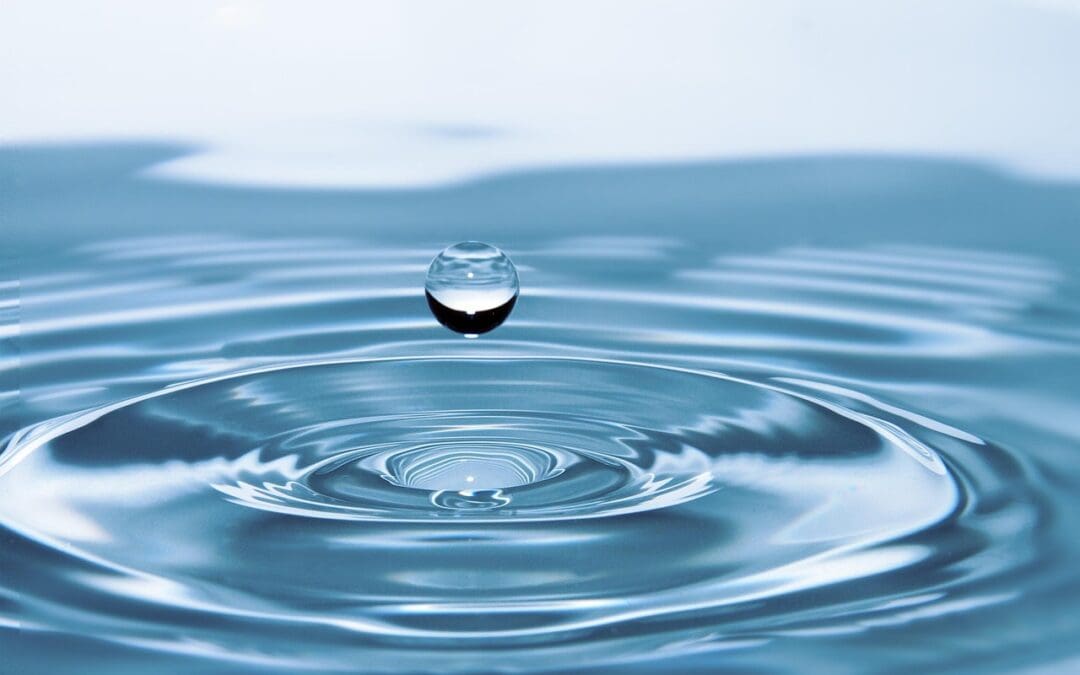It’s mid July. Which means…

Yup, year-end is juuuuust around the corner. That time of year where nonprofits collect a large part of their annual donations.
The craziness is upon us.
For the next few weeks, each edition of this enews will look at pain points related to the year-end campaign and how to help your December campaign exceed your goals.
Let’s discuss the ask/thank/report/repeat cycle of fundraising.
Nonprofits know all about the “ask” part. Ask away, raise money.
A donation is not the end of the road- it’s just the beginning. That’s why the “thank” component is critical. Always lead with gratitude! And continue thanking supporters every chance you get.
It’s the “report” element where I see a lot of organizations failing. Or at least not doing what’s needed.
People donate because they want to do good in their community. They want to help. They want to make the world a better place.
Which means your nonprofit MUST report back to supporters, letting them know the impact they’ve had. If they give but aren’t sure if their gift helped or not, there’s a good chance they won’t give again.
(It’s part of the reason for the 💩 retention rate in our sector.)
I’ve written in the past about impact reports. I understand that for some of you, especially in small shops (LOVE YOU GUYS!), creating an impact report is beyond what you can do.
But an impact report isn’t the only way to communicate the effect of a gift. There are plenty of other ways to give your audience all the feels. (Example: Watch the video in this post)

Image by rony michaud from Pixabay
Let em know
It’s summertime. Work? Ugh.
But here’s the thing: Now’s a good time to work on reporting and considering ideas for reporting you can share in the leadup to the year-end campaign.
Important: 4 benefits of sharing impact data with stakeholders (NUMBER ONE!!!)
Here are reporting ideas you can incorporate into your emails, website, blog, social media posts etc.
Follow up stories: A donor gave to a specific campaign? Tell them how their gift solved the problem you outlined in the ask. Let them know how the person/family is doing. (How to tell a good impact story)
Testimonials: Let the beneficiary speak directly to the donor! Send an email which is written and signed by the person who was helped thru the donor’s gift. Create a connection between giver and the person impacted. That personalizes the gift for the donor. Another way to do this… (Guide to collecting and using testimonials)
Short videos: Get your phone out and record. Show programs and services in action. Have one person speak and thank donors for helping them. Put a staff person and/or volunteer on camera talking about the impact of gifts. Use video to share impact of a gift. Send a link to the video via email and text. Post it to social media.
Infographics: Create an infographic which shows impact of the collective donations from supporters. Make sure to thank the community for making an impact. (Remember: One of the reasons donors give is to feel like they’re part of a larger community of do-gooders.) Speaking of using data for good…
Data: Build some pie charts, graphs and other data visualizations so people can see impact. Growth in number of people helped, rise in test scores at school, meals distributed, hours invested in finding a cure. (How to get data viz right)
☕️ time: Invite a donor to meet you for coffee. Thank them. Share impact with them. Answer any questions they might have about the organization or your programs. Do this with one donor once a week. There are 19 weeks till December. Imagine the impact of 19 givers feeling good about their gift…
Fun event: Let’s take monthly givers, some of your best donors. How about an ice cream and karaoke event to thank them? Use the event to share how their monthly donations are impacting people in the community (show a short video, some testimonials, programs in action). Then let people mingle, eat, sing and enjoy.
Phone call: You already know that I think phone calls are highly underutilized by nonprofits. 19 weeks, 6 calls a week. 100+ donors know the impact of their last gift before you hit them up at year-end. Not time consuming. Supporters will remember the call when you ask.
Website: Use email, text and social to drive traffic to your website where you’ve posted impact information. (Here’s how to show impact on your website- with examples)
Yes, you have to invest time, effort, a little money and peoplepower in sharing impact. But it’s ONE OF THE MOST EFFECTIVE WAYS to lead up to your next ask.
When a donor knows the impact of their last gift they will give again. That means higher retention, higher donor lifetime value.
And you know what that means for the people your organization serves!
P.S. If you’re gonna send out an impact email, I’d suggest NOT including an ask. Let the impact of a gift (and your gratitude/thanks from a beneficiary) stand alone. Give readers all the feels, make them smile. They’ll remember that good feeling the next time you ask.



